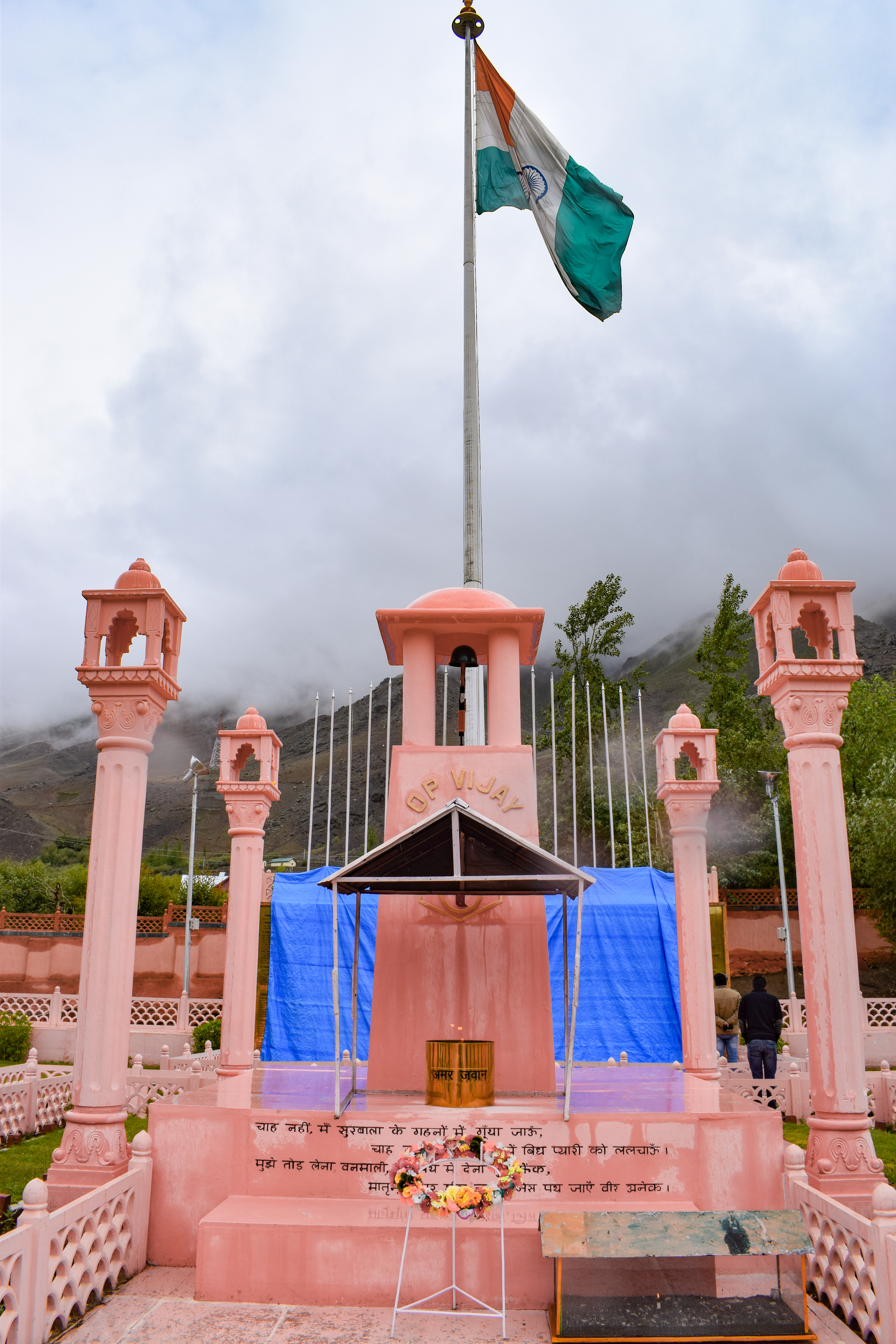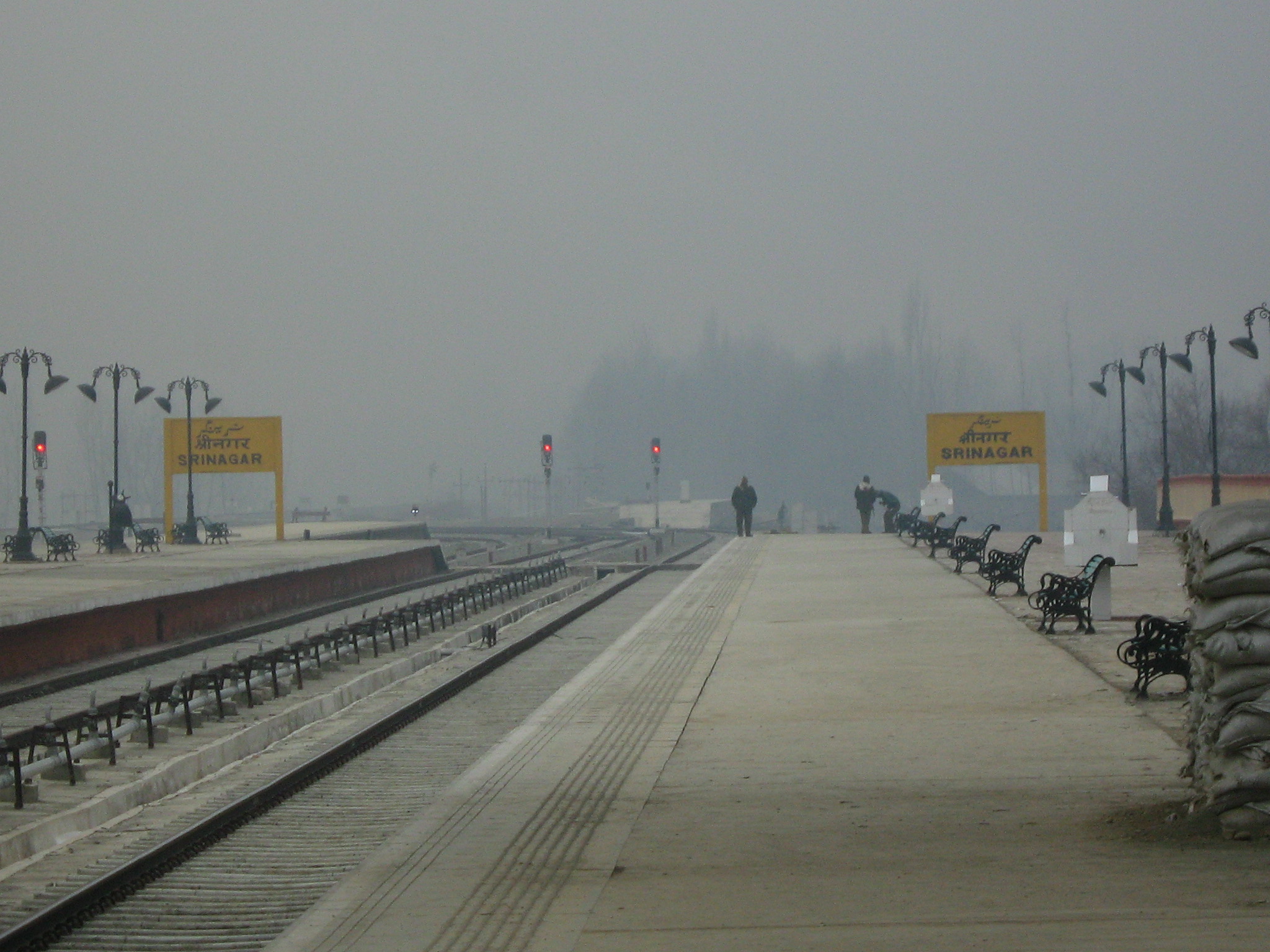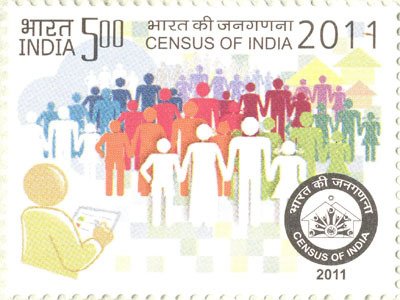|
Hunderman
Hunderman or Hundarmaan or Hundurmaan is one of the northernmost hamlets in India and is situated in the Kargil district of Ladakh. Located on the banks of the Suru River 10 km from Kargil, it is a hamlet under Shilikchey village of Kargil district.] It was under Pakistan's control until Indo-Pakistani War of 1971, 1971. Geographically, Hunderman lies in the Baltistan Region. There are two parts of Hunderman: Lower Hunderman Mal (lower village) and Hunderman Broq (hill village). History Indo-Pakistan conflicts At the end of the Indo-Pakistani War of 1947, Hunderman came under the control of Pakistan. The Indian Army captured Hunderman after the Indo-Pakistani War of 1971. Attractions Hunderman–Museum of Memories, founded by the Roots Collective and Farside Collective (Leh). Demographics According to the 2011 census of India, Hunderman has a population of about 216. Transport Road Hunderman is connected by road to other places in Ladakh and India by the ... [...More Info...] [...Related Items...] OR: [Wikipedia] [Google] [Baidu] |
States And Union Territories Of India
India is a federalism, federal union comprising 28 federated state, states and 8 union territory, union territories, with a total of 36 entities. The states and union territories are further subdivided into List of districts in India, districts and smaller administrative divisions of India, administrative divisions. History Pre-independence The Indian subcontinent has been ruled by many different South Asian ethnic groups, ethnic groups throughout its history, each instituting their own policies of administrative division in the region. The British Raj mostly retained the administrative structure of the preceding Mughal Empire. India was divided into provinces (also called Presidencies), directly governed by the British, and princely states, which were nominally controlled by a local prince or raja loyal to the British Empire, which held ''de facto'' sovereignty (suzerainty) over the princely states. 1947–1950 Between 1947 and 1950 the territories of the prin ... [...More Info...] [...Related Items...] OR: [Wikipedia] [Google] [Baidu] |
Shilikchey
Shilikchey is a village in Kargil district of the Union territory of Ladakh in India. It is located 5 km away from the Kargil Kargil ( lbj, ) is a city and a joint capital of the union territory of Ladakh, India. It is also the headquarters of the Kargil district. It is the second-largest city in Ladakh after Leh. Kargil is located to the east of Srinagar in J ... Town, on the right bank of the Suru River. According to 2009 stats, Shelikchey is the gram panchayat of Shilikchey village. The total geographical area in which this village is expanded is 60.3 hectares. Shilikchey has a total population of 1,006 people. There are about 134 families residing in Shilikchey village. Kargil is the nearest town to Shilikchey which is nearly 5 km away. Notes References ; Sources * Villages in Kargil district {{India-geo-stub ... [...More Info...] [...Related Items...] OR: [Wikipedia] [Google] [Baidu] |
Dras War Memorial
The Kargil War Memorial, also known as Dras War Memorial, is a war memorial built by the Indian Army in the town of Dras, near Kargil city in Kargil district of Ladakh, India, commemorating the 1999 Kargil War between India and Pakistan. The memorial is located on the Srinagar-Leh National Highway 1D, about 5 km from the city centre across the Tiger Hill, Kargil. History In the winter of 1998–99, the Pakistani Army crossed the Line of Control (LoC) and occupied numerous heights in Indian State of Jammu and Kashmir. Pakistani forces were dominating the National Highway and roads connecting Leh (Ladakh) and Kargil to Srinagar. The Indian Army launched Operation Vijay ("Victory") in May 1999 to retake the territory, leading to fierce battles in the harsh mountain environment. The operation continued for over two months, leading to a crushing defeat for Pakistan army. Each year, 26 July is observed as Kargil Vijay Diwas (Kargil Victory Day), during which the Prime Minis ... [...More Info...] [...Related Items...] OR: [Wikipedia] [Google] [Baidu] |
Kushok Bakula Rimpochee Airport
Kushok Bakula Rimpochee Airport is a domestic airport serving Leh, the capital of Ladakh, India. It is the 23rd highest commercial airport in the world at above mean sea level. The airport is named after 19th Kushok Bakula Rinpoche, an Indian statesman and monk, whose Spituk Monastery is in direct vicinity to the airfield. Military use Due to the presence of mountain winds in the afternoon, all flights take off and land in the morning. The approach is challenging as it is unidirectional and has high terrain towards the eastern end of the airport. Airport security is highly restricted with Indian Army patrols. Due to its location in between the Himalayas, the approach to Leh Airport has been named as one of the world's most scenic approaches. Civilian use Civil aviation enclave In February 2016, it was reported that the Indian Air Force had handed the airport to Airports Authority of India, which planned to expand it for civilian purposes. However, the reports of IAF ... [...More Info...] [...Related Items...] OR: [Wikipedia] [Google] [Baidu] |
Kargil Airport
Kargil Airport is a military airfield in Kargil district away from Kargil and from Leh. It is one of two airports in the union territory of Ladakh. The airport will be expanded for operation of commercial jets by the end of 2019. (Dzongkha and Ladakhi) History left, The Prime Minister, Shri Narendra Modi being received by local leader, on his arrival at Kargil Airport, in Jammu & Kashmir on August 12, 2014 The airport was built by the State Government of Jammu and Kashmir in 1996 for civilian operations. and was leased to the Airports Authority of India (AAI). Kargil rose to prominence in the late 1990s as the site of an undeclared war between India and Pakistan. AAI transferred the operational control and maintenance to Indian Air Force (IAF) because the airport was vulnerable to shelling by Pakistani forces. The civil enclave at the airfield is managed by the state government. The terminal building has the capacity to handle 100 peak hour passengers at a time. It wa ... [...More Info...] [...Related Items...] OR: [Wikipedia] [Google] [Baidu] |
Srinagar Railway Station
Srinagar railway station is a railway station of the city of Srinagar in the Indian union territory of Jammu and Kashmir. The station is part of the Jammu–Baramulla line and lies in Firozpur division, which once completed, will connect the city to the rail network of India. Currently, services are to Baramulla and Banihal. The railway line once fully completed is expected to increase tourism and travel to the Kashmir Valley. The work of last leg Chenab Bridge is in final stages and is expected to be completed by 2021. The station is also planned to be part of a second railway line, the Srinagar–Kargil–Leh line. History The station has been built as part of the Jammu–Baramulla line megaproject, intending to link the Kashmir Valley with Jammu Tawi and the rest of the Indian railway network. Location The station, in Nowgam, is 8 km from the city centre. The main hub of stations in Kashmir Is Budgam stations and where all trains are being repaired or any other se ... [...More Info...] [...Related Items...] OR: [Wikipedia] [Google] [Baidu] |
Sopore Railway Station
Sopore railway station is situated in the outskirts of Sopore town. It lies on Northern Railway Network Zone of Indian Railways. It is one of the northernmost station of Indian Railways. Location The station is located at Amargrah about 2 km from Sopore town towards south on Srinagar-Sopore highway. History The station has been built as part of the Jammu–Baramulla line megaproject, intending to link the Kashmir Valley with Jammu Tawi and the rest of the Indian railway network. Design The station features Kashmiri wood architecture, with an intended ambience of a royal court which is designed to complement the local surroundings to the station. Station signage is predominantly in Urdu, English and Hindi Hindi (Devanāgarī: or , ), or more precisely Modern Standard Hindi (Devanagari: ), is an Indo-Aryan languages, Indo-Aryan language spoken chiefly in the Hindi Belt region encompassing parts of North India, northern, Central India, centr .... Reduced level The s ... [...More Info...] [...Related Items...] OR: [Wikipedia] [Google] [Baidu] |
Baramulla Railway Station
Baramulla railway station is situated in outskirts of baramulla town nearly about 5km from main town. Transport facility is available in working hours from main town baramulla to railway station and vice versa. It is the first station of 130 km long railway line which connects Kashmir Valley with Banihal. Baramulla is India's northernmost railway station. History The station has been built as part of the Jammu–Baramulla line megaproject, aiming to link the Kashmir Valley with the rest of the Indian railway network. The Leg 2 section of this network is incomplete. It is expected to be completed by 2021.See Jammu–Baramulla line Reduced Level The station is situated at an elevation of 1582.79 metres above mean sea level. Design Like every other station in this mega project, this station also features Kashmiri wood architecture, with an intended ambience of a royal court which is designed to complement the local surroundings to the station. Station signage is predomina ... [...More Info...] [...Related Items...] OR: [Wikipedia] [Google] [Baidu] |
National Highway 1 (India)
National Highway 1 (NH 1) in India runs between the union territories of Jammu & Kashmir and Ladakh. It comprises parts of old NH1A and NH1D. The number 1 indicates, under the new numbering system, that it is the northernmost East-West highway in India. History A track between Srinagar in the Kashmir Valley and Leh in Ladakh had existed since medieval times, and it was a prime trade route for many centuries. It passed through the Zoji La pass——over the Great Himalayan range, which is snowbound for half the year. After the Independence of India, the Government of Jammu and Kashmir started building a motorable road along the route in 1954. The construction was suspended in 1958 after discovery of corruption among the contractors and engineers, and an enquiry was initiated. In 1960, the Government of India created the Border Roads Organisation (BRO) to take charge of strategic border roads and it was entrusted with completing the road. Setting up a 'Project Bea ... [...More Info...] [...Related Items...] OR: [Wikipedia] [Google] [Baidu] |
Scheduled Tribe
The Scheduled Castes (SCs) and Scheduled Tribes (STs) are officially designated groups of people and among the most disadvantaged socio-economic groups in India. The terms are recognized in the Constitution of India and the groups are designated in one or other of the categories. For much of the period of British rule in the Indian subcontinent, they were known as the Depressed Classes. In modern literature, the ''Scheduled Castes'' are sometimes referred to as Dalit, meaning "broken" or "dispersed", having been popularised by B. R. Ambedkar (1891–1956), a Dalit himself, an economist, reformer, chairman of the Constituent Assembly of India, and Dalit leader during the independence struggle. Ambedkar preferred the term Dalit to Gandhi's term, Harijan, meaning "person of Hari/Vishnu" (or Man of God). In September 2018, the government "issued an advisory to all private satellite channels asking them to 'refrain' from using the nomenclature 'Dalit'", though "rights groups a ... [...More Info...] [...Related Items...] OR: [Wikipedia] [Google] [Baidu] |
2011 Census Of India
The 2011 Census of India or the 15th Census of India, Indian Census was conducted in two phases, house listing and population enumeration. The House listing phase began on 1 April 2010 and involved the collection of information about all buildings. Information for National Population Register (NPR) was also collected in the first phase, which will be used to issue a 12-digit unique identification number to all registered Indian residents by Aadhaar, Unique Identification Authority of India. The second population enumeration phase was conducted between 9 and 28 February 2011. Census has been conducted in India since 1872 and 2011 marks the first time biometric information was collected. According to the provisional reports released on 31 March 2011, the Indian population increased to 1.21 billion with a decadal growth of 17.70%. Adult literacy rate increased to 74.04% with a decadal growth of 9.21%. The motto of the census was 'Our Census, Our future'. Spread across 28 States of ... [...More Info...] [...Related Items...] OR: [Wikipedia] [Google] [Baidu] |


.jpg)
